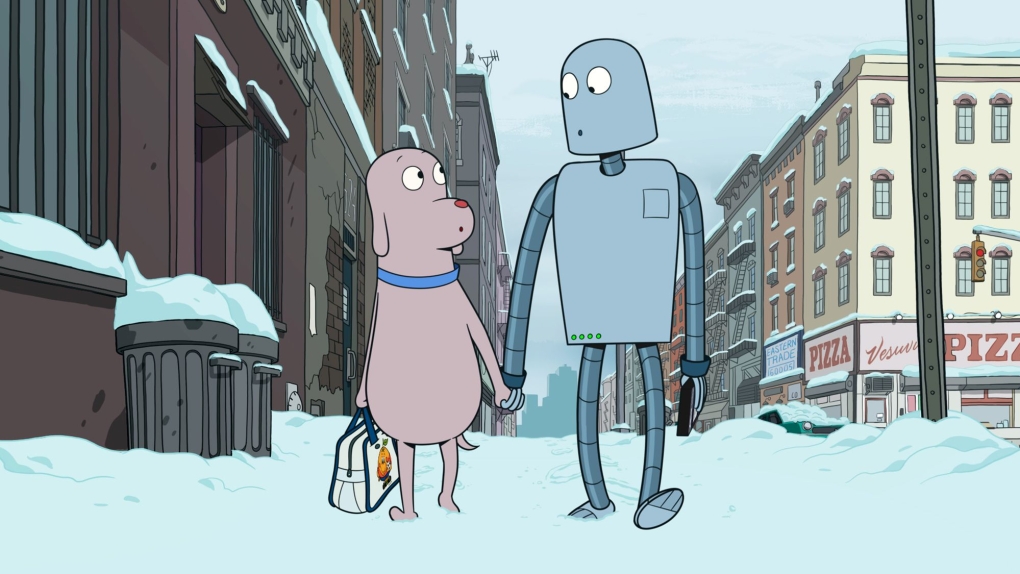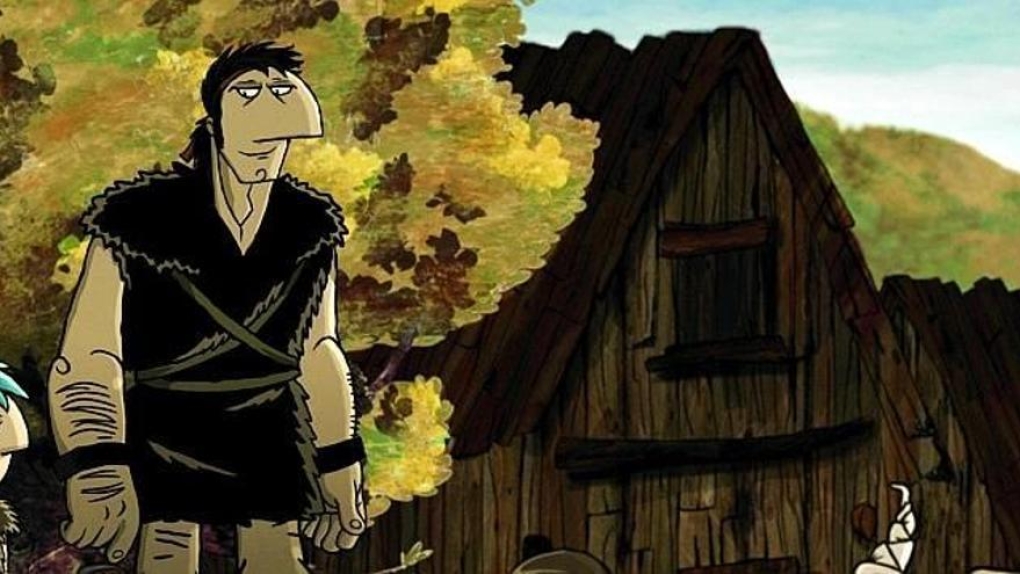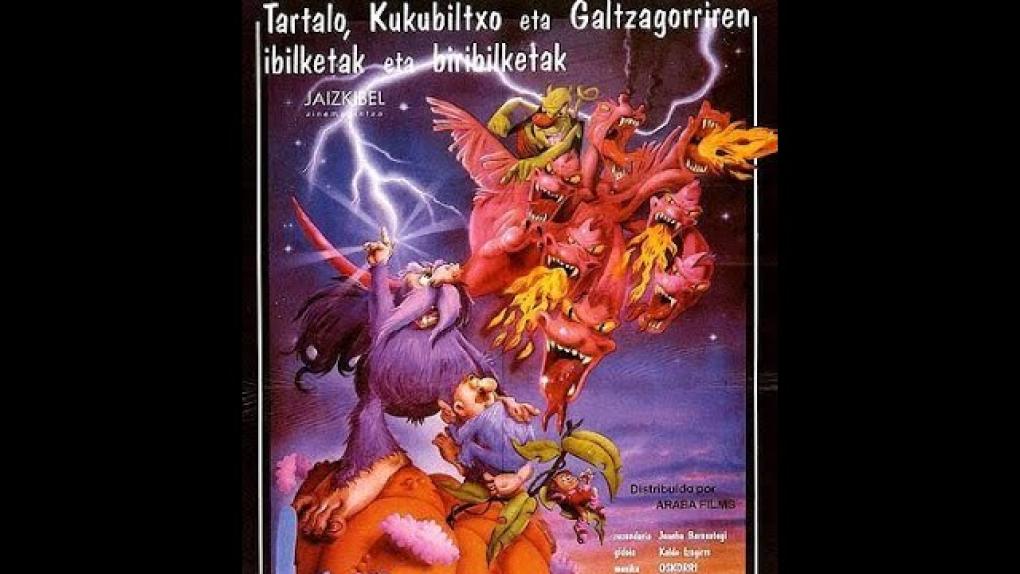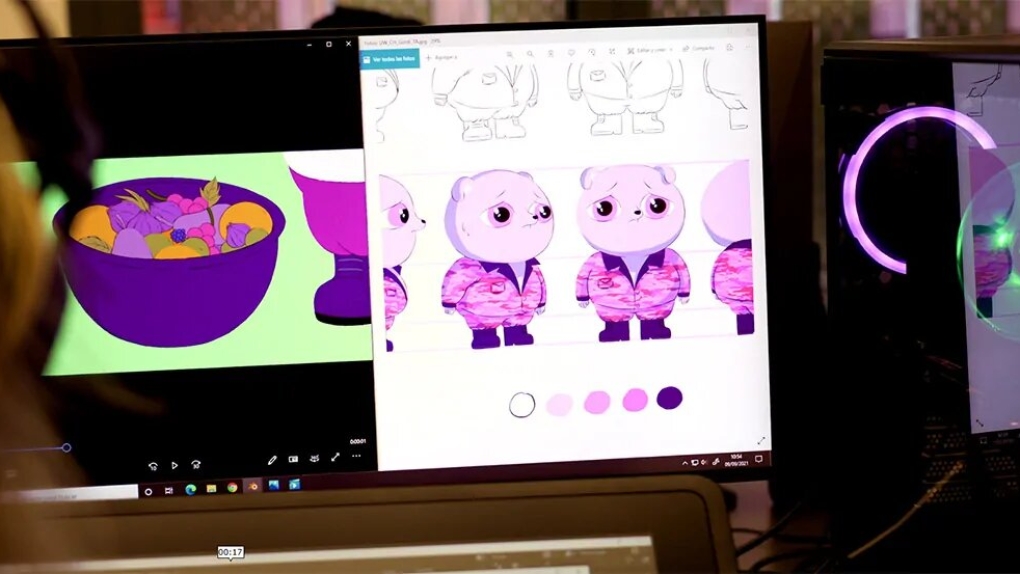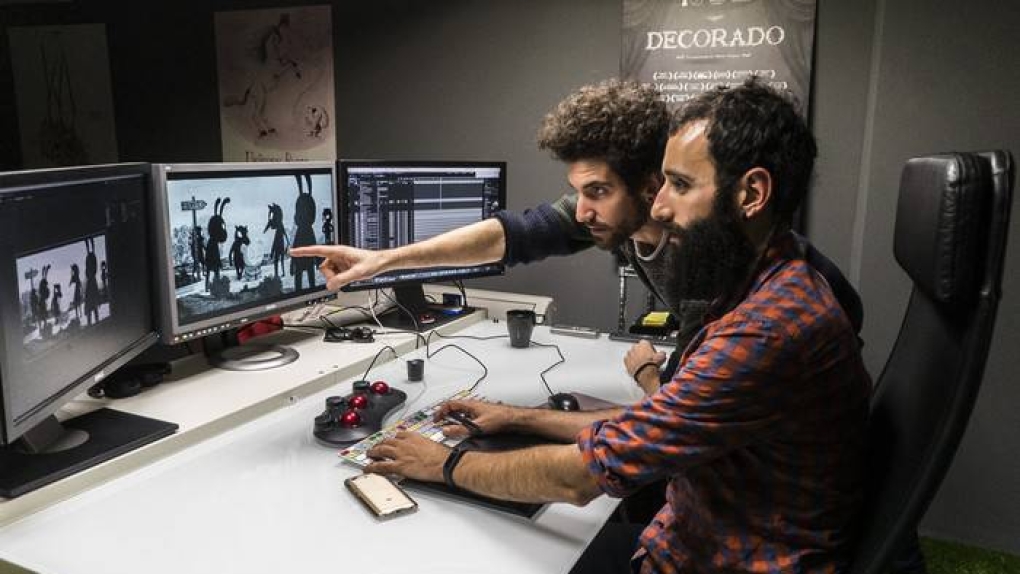Animadeba, Animakom FEST, Animabasauri-Animabasque, Animatic. It´s not by chance that four animation festivals happen within close proximity to each other, given the Basque Country´s history in the world of animation. Half a century has passed since Jose Antonio Sistiaga presented ‘From the moon to the Basque Country’ (‘De la luna a Euskadi’, 1968), an experimental short film hand-painted directly on celluloid by the artist. Over the decades, initial experimentation gave way to fiction films for younger audiences. Juan Bautista Berasategi was an influential figure in the early days of commercial animated film. Titles such as ‘The Magic Pumpkin’ (‘Kalabaza tripontzia’, 1985), ‘The Legend of the North Wind’ (‘Ipar haizearen erronka’, 1992, Maite Ruiz de Austri, Carlos Varela, Juan Bautista Berasategi) and ‘Megasonics’ (‘Megasonikoak’, 1997, Javier Gonzalez de la Fuente, Jose Martínez Montero) laid the foundation of contemporary animation.
Basque animation finds its mojo
16 Apr 2024In recent years, enriched by deeper and more mature narratives, Basque animation has earned widespread international acclaim, marking a period of notable expansion. The boost in Basque animation comes down to the convergence of many contributing factors. One compelling is an interesting collaboration and co-production model, which effectively spreads risks and expenses while expanding the reach of the potential market. Production companies deserve praise in this regard, as encouraging such collaborations is crucial. These partnerships often play a crucial role in ensuring a film´s effectiveness and impact, highlighting the importance of encouragement and support. The success of numerous titles is due largely to the efforts of certain production companies and groups based in the Basque Country: Abra Produkzioak, Dibulitoon, Uniko, Somuga Produktora, Lotura Films, Baleuko, Atxur Animazio Taldea, among others.
In addition to quality narratives and films for mature audiences, it is worth noting that these films tackle topics such as politics, feminism, loneliness... They leave a lasting impact on us, because of the compelling issues they broach and the thought-provoking questions they raise. Related to this, we can also look at how these messages are delivered. As for bringing these drawings to life with movement, form, and sound, there´s been significant progress, with various techniques being used in recent years. While Berasategi´s earlier works, as well as some of his later ones, leaned towards traditional animation or cartoons, current productions utilise a diverse range of resources: stop motion (animation created by combining photos and manipulating real objects), computer animation and rotoscoping, among others. All of these works have been presented internationally, garnering critical acclaim and recognition at festivals. When you blend all these elements together, it becomes evident why there´s been such a boom in Basque animation.
Here are some of the top Basque animation films in recent years:
‘Gartxot’ (2011, Asisko Urmeneta, Juanjo Elordi).
It could be argued that the first film on this list, despite not achieving significant international success or awards, serves as an early indicator of the rising quality in Basque animation. The medieval legend set in Navarre is based on ‘Gartxot, bardo de Itzaltzu’, a book written in 1917 by Arturo Campión. The bard recounts the situation in the Basque Country at the turn of the 13th century in the form of a song. Gartxot has a son with a beautiful voice called Mikelot. The friars of Orreaga discover the boy´s mesmerising voice and take him to their monastery against his wishes and those of his parents. The outstanding music in the film was written composed by leading Basque songwriter Benito Lertxundi.
‘Psychonauts’ (2015, Alberto Vázquez, Pedro Rivero).
This fantastic film employs innovative techniques and has won over 40 awards at international festivals, including a Goya, and was nominated Best Animated Film at the European Film Awards. ‘Psychonauts’ revolves around two teenagers discussing whether to escape from an island afflicted by an ecological catastrophe. Bridboy wants to live in isolation, while Dinki dreams of embarking on a treacherous journey and hopes that Birdboy will join him.
‘Another Day of Life’ (2018, Raúl de la Fuente, Damian Nenow).
This autobiographical account by Ryszard Kapuściński narrates the final days of Angola as a Portuguese colony in 1975, the horrible consequences of its decolonisation process and the civil war that ravaged the region until recently. The film brilliantly combines surprising Rotoscopia animation – patented by Max Fleischer in 1917, in which a series of drawings is created, photographed individually and strung together – with real images, documentaries, different languages, dreams… Bringing it all together, Raúl de la Fuente and Amaia Remírez deliver an exceptional film in terms of both direction and script.
‘Black is Beltza I & II´ (2018-2022, Fermín Muguruza).
This is a brilliant production of transmedia animation. The two-part film, adapted from the graphic novel of the same title, has played a significant role in advancing Basque animation. The comic book ‘Black is Beltza’, created by musician Fermin Muguruza, writer Harkaitz Cano and illustrator Jorge Alderete, was later used as the basis of the film. ´Black is Beltza´ won Best Sound Design and Best Original Score at the Quirino European Animation Awards and Best Animated Film at the Monterrey International Film Festival. Both films are rich with hundreds of references and encapsulate the musician´s obsessions.
‘Unicorn Wars’ (2022, Alberto Vázquez).
The magnificent and cruel anti-war film is a Basque, Galician and French co-production. Filmmaker Alberto Vázquez utilizes the conflict between unicorns and teddy bears as a catalyst for delving into profound political and psychological reflections. Behind this work is the Bilbao-based production company Uniko, created in 2009 by Iñigo Gómez and Iván Miñambres, known for its animated films, commercials and communication projects. It is worth highlighting the Uniko’s work in recent years and its notable international impact.
‘Sultana’s Dream’ (2023, Isabel Herguera).
Adapted from a feminist tale of the same name, the animated creation by Isabel Herguera from San Sebastian is truly captivating. The original story was written by Rokeya Hussain and published in India in 1905. It describes an imaginary utopian world ruled by women. The craftsmanship behind this film is excellent. Tabakalera, International Centre for Contemporary Culture in San Sebastian, hosts a number of exhibitions and events; among others, in 2023 an exhibition revolved around the creative process of this film, divided into several sections, as if it were the artist´s studio. Each section focused one of the images that make up the film. Amazing!
‘Robot Dreams’ (2023, Pablo Berger).
The last stop on this tour is this superb film directed by the Bilbao-born Pablo Berger and backed by the Navarre-based production company Lokiz Films. Based on the celebrated graphic novel by Sara Varón, ‘Robot Dreams’ tells the story of Dog, a lonely dog who lives in Manhattan. Tired of being alone, he decides to build a robot that will be his new friend. A gem with no verbal dialogue, the film was nominated for Best Animated Film at the Oscars alongside animation giants GoyDreamworks, Marvel, Pixar and Ghibli.
The day-to-day, diligent efforts of all the individuals mentioned (and those not mentioned) leads us to the conclusion that the international recognition and success achieved by Basque animation is not merely coincidental. The seeds planted over many years continue to thrive, establishing solid and stable roots. Basque animation has a great future ahead and this is just the beginning.
